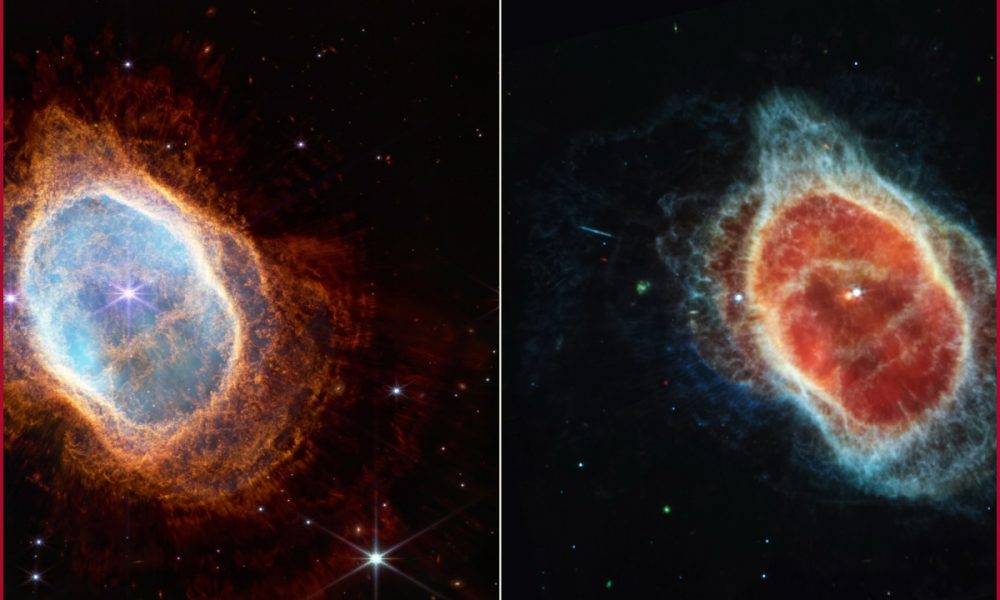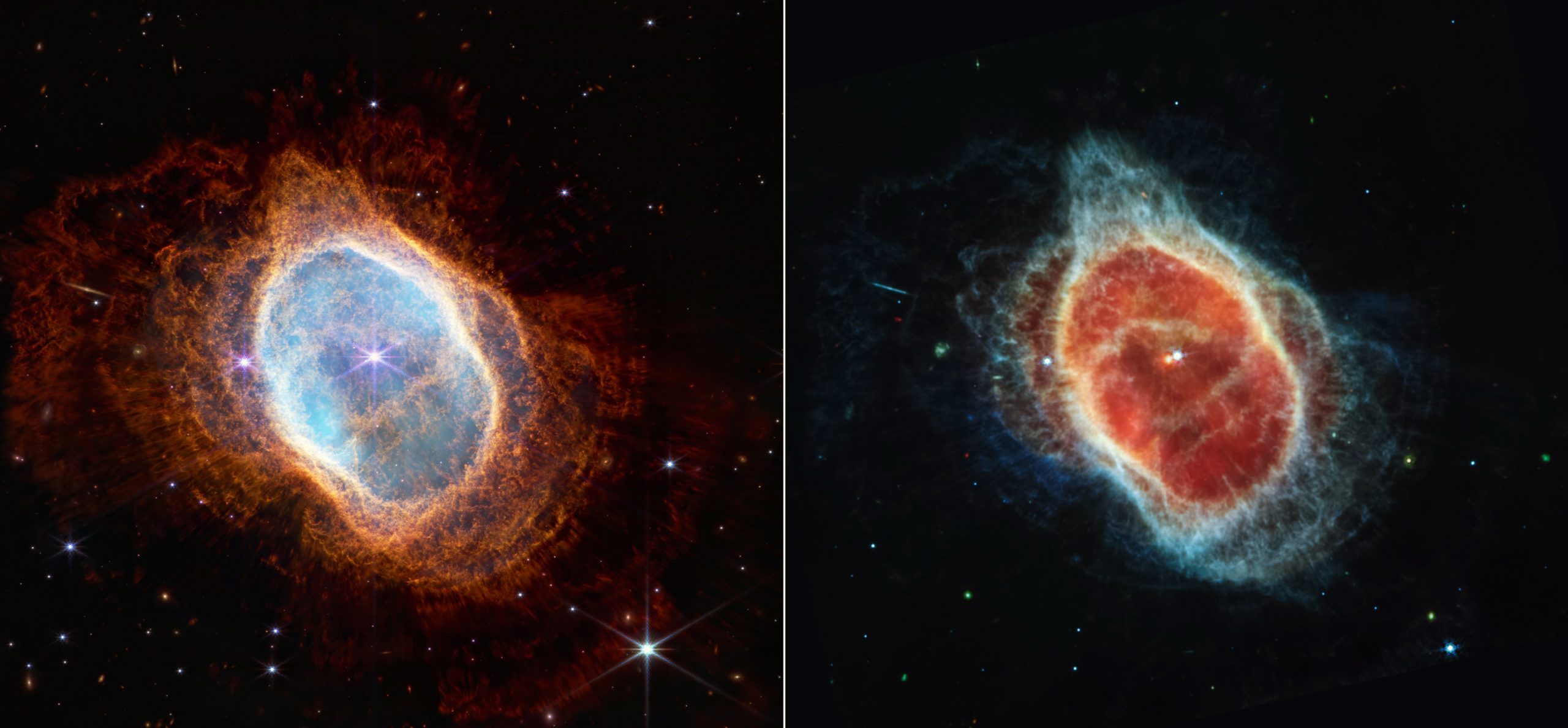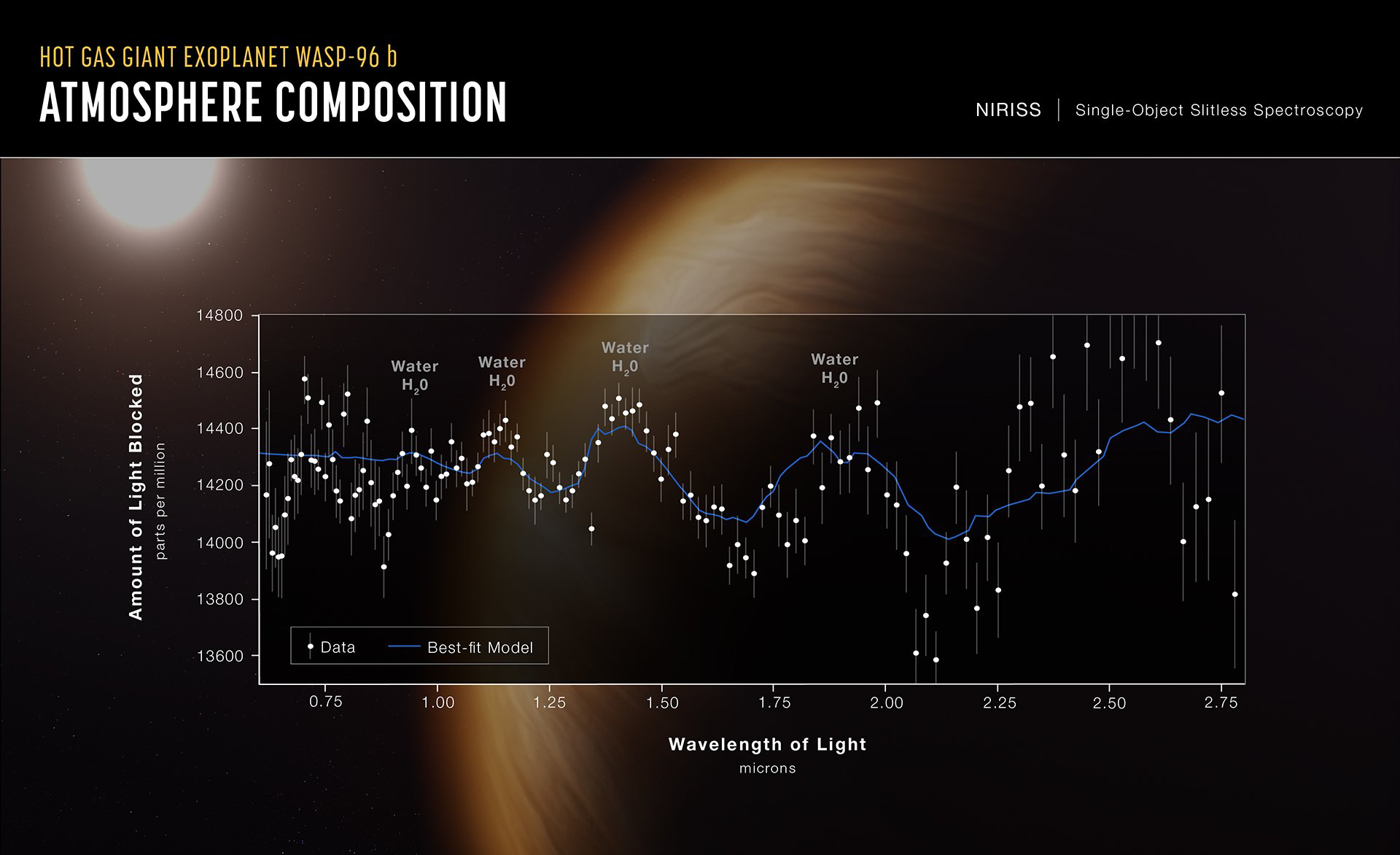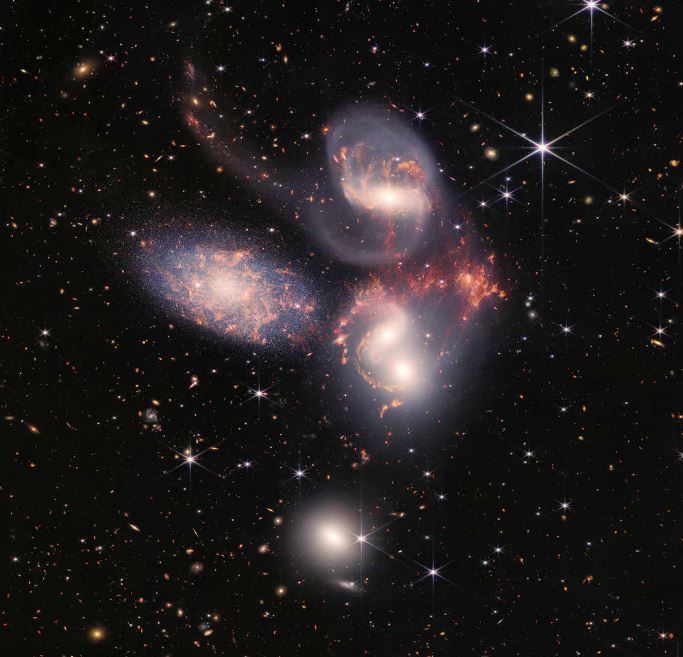
Washington [US]: After surprising everyone by giving the deepest look of the cosmos ever captured on James Webb Space Telescope, NASA released more images taken from its most powerful observatory ever placed in orbit.
The first image revealed earlier showed the galaxy cluster SMACS 0723. Webb’s First Deep Field is a composite made from different images taken at different wavelengths. It was made using images taken with the Near-Infrared Camera(NIRCam).
NASA then revealed images of the following targets: Carina Nebula, WASP-96 b (spectrum data), Southern Ring Nebula and Stephen’s Quintet.
Located 7,600 light-years away, the Carina Nebula is a stellar nursery, where stars are born. It is one of the largest and brightest nebulae in the sky and home to many stars much more massive than our sun, CNN reported.
The “Cosmic Cliffs” are seen in the stunning new image that reveals previously hidden baby stars, which provides “a rare peek into stars in their earliest, rapid stages of formation,” according to NASA.

The space telescope’s view of Stephan’s Quintet reveals the way galaxies interact with one another and how their interactions might shape galactic evolution.
This compact galaxy group, first discovered in 1787, is located 290 million light-years away in the constellation Pegasus. Four of the five galaxies in the group “are locked in a cosmic dance of repeated close encounters,” according to a NASA statement.
The Southern Ring Nebula, also called the “Eight-Burst,” is 2,000 light-years away from Earth. This large planetary nebula includes an expanding cloud of gas around a dying star.
“The new details from Webb will transform our understanding of how stars evolve and influence their environments,” according to NASA.

The new observatory is a joint project of the US, European and Canadian space agencies. It has been specially tuned to see the sky in the infrared – that’s light at longer wavelengths than can be sensed by our eyes.






